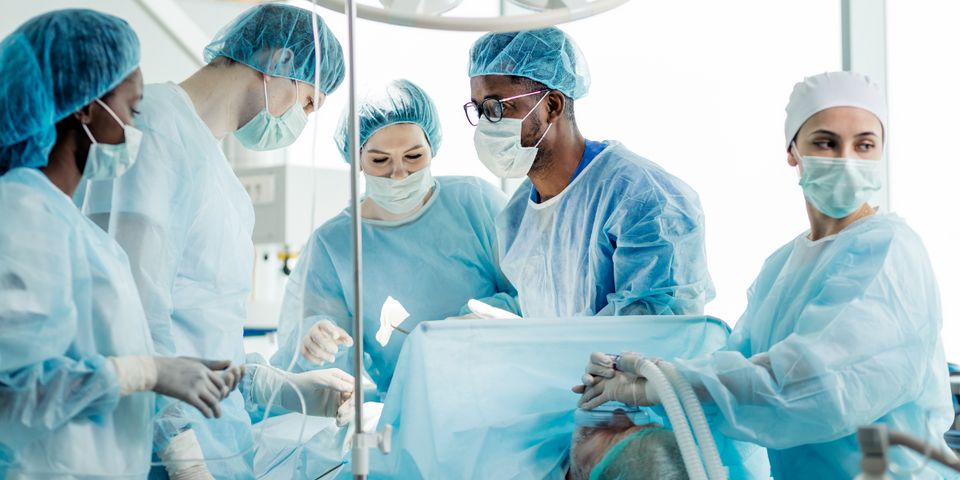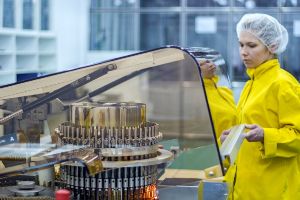What to Know About Medical Sterilization Guidelines

The sterilization of medical devices is critical for the health and safety of every patient. From medical device manufacturing to usage in health care settings, these instruments must undergo a thorough sterilization process to eliminate viruses, bacteria, and other microorganisms. The guide below outlines the best practices for sterilizing medical devices in health care and manufacturing.
Health Care Facilities
In health care settings, reusable medical devices must be sterilized between uses. Reprocessing prevents blood, tissue, and other hazardous substances from being transferred to the next patient, eliminating the risk of spreading disease. Complex instruments can be challenging to fully sterilize, so health care providers must work with medical device manufacturers to produce designs that facilitate easy and effective sterilization. Practical designs include smooth surfaces, devices capable of being disassembled, and features that inhibit the growth of organisms.
When sterilizing medical devices, each instrument is classified by risk of infection as “critical,” “semi-critical,” or “noncritical.” Critical items, which include implants, catheters, and surgical forceps, carry the strictest standards of sterilization due to their use in sterile tissues and the vascular system. Semi-critical items, such as endoscopes and anesthesia equipment, come into contact with mucus membranes. Reprocessing these devices should remove all microorganisms. Noncritical devices, like stethoscopes, only touch unbroken skin, which acts as an effective barrier against microorganisms. Disinfectants are generally adequate for noncritical items.
Medical Device Manufacturing

Proper sterilization starts with manufacturers. Medical devices must be sterilized long before they're used. Heat-resistant materials, like metal and glass, can generally be cleaned with steam, but the use of plastic has risen dramatically in recent years. Plastic can be damaged by high heat and must be sterilized using low-temperature techniques, such as ethylene oxide gas and hydrogen peroxide gas plasma.
After products are manufactured, the assembly kitting, packaging, and transportation processes must also remain sterile. Clear and detailed labeling is key in avoiding contamination. Products should indicate weight, materials, and device design. Medical device manufacturing services should also provide feasible and comprehensive reprocessing instructions for health care facilities. These may include cleaning agent recommendations, directions for disassembly and reassembly, steps for visual inspection, and best methods for cleaning.
Health care facilities need a reliable manufacturing partner experienced in sterilization and safety guidelines. As a leader in global health care manufacturing, Pacific Integrated Manufacturing in Bonita, CA, has the expertise and extensive facility to handle all of your medical device manufacturing, sterilization management, and packaging needs. For more information about their services, visit them online. Call (619) 921-3464 today to get a free quote on custom manufacturing solutions.
About the Business
Have a question? Ask the experts!
Send your question

